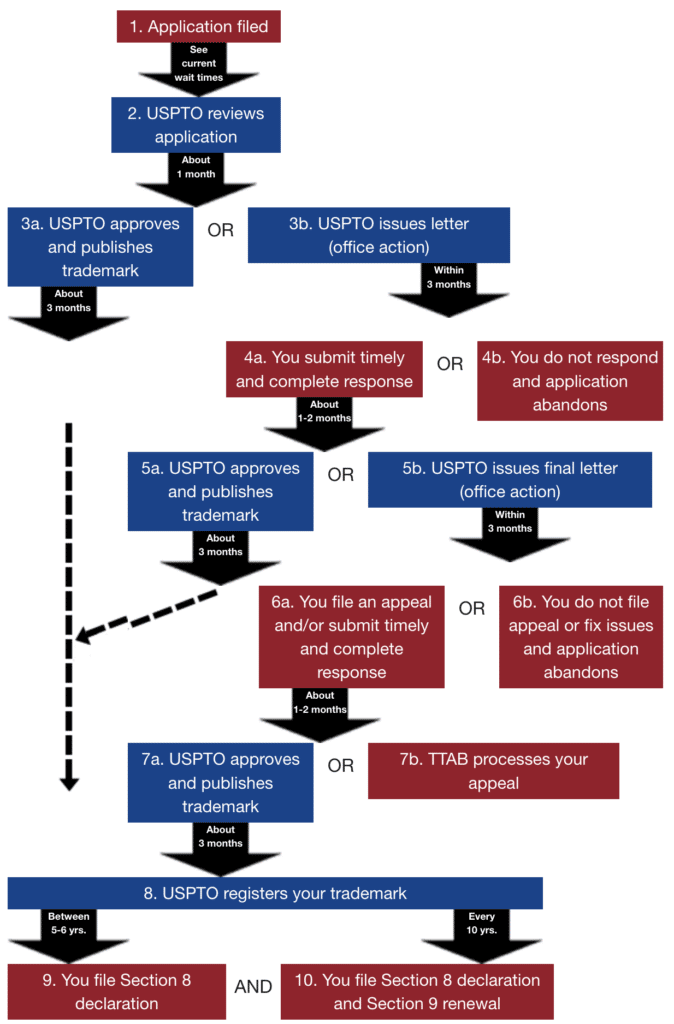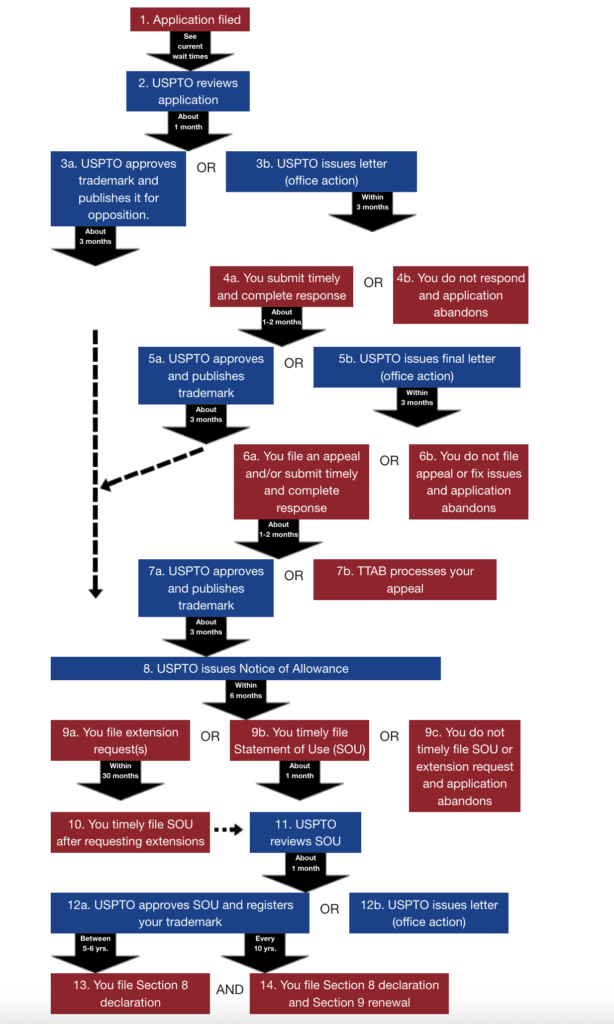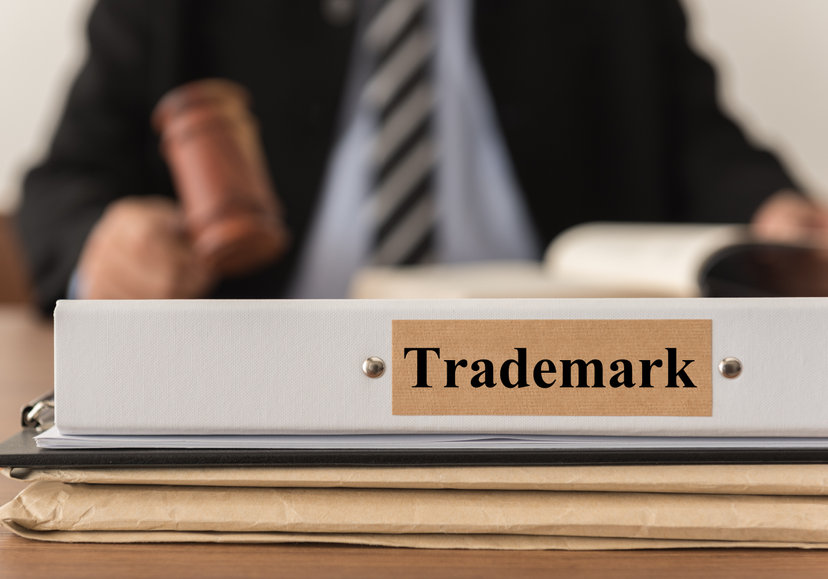How Long Does a Trademark Registration Take?
The process to register trademarks tends to be time-consuming and can span over a year. Due to the various stages that a trademark application must undergo, the application process usually takes 12 to 18 months. Once a trademark application is submitted, it typically takes the United States Patent and Trademark Office (USPTO) four to six months to review it. However, the USPTO is dealing with an abundance of trademark applications as of late, with applications nearly doubling since 2020. Since applications are coming in at such a high rate, backlog is increasing, and processing times are taking longer. According to the USPTO, there are several situations in which applicants may experience increased processing times:
- A new application in the Trademark Status and Document Retrieval (TSDR) system usually appears in the TSDR system in a week, but it could now take anywhere from 60 to 80 days to appear.
- Trademarks appearing in the Trademark Electronic Search System (TESS) usually appear in the system in a week as well, but now if your application does not include the International Class, it could take anywhere from 60 to 80 days to appear.
- New applications assigned to an attorney are usually reviewed two to three months after applying. However, due to the recent increase in applications, this time has increased to four or five months.
- Responses to office actions usually take an average of about 14 days. Now, the time has increased to 90 days or more.
- Processing times for post-registration maintenance filing backlogs usually average about 30 days. However, this processing may now take double that time—roughly 60 days.
How Do You Speed Up a Trademark?
Luckily, there are some tips on how to speed up a trademark application. The USPTO recommends that applicants who are filing TEAS Standard use identifications from the USPTO ID Manual so that it populates with the International Class. If there is an office action or any formal communication, try and respond as quickly as possible. Doing this will give you more time to fix any issues before the set deadlines.
Additionally, use the fields given in the USPTO’s electronic TEAS forms to respond to any issue raised in an office action. It is essential to provide necessary information on the application the first time around because providing unnecessary or irrelevant information will just increase the time it takes the USPTO to review your application.
When it comes to certain issues that you believe can be quickly resolved, simply reach out to your assigned examining attorney with instructions on any changes you would like to make. Examining attorneys have the power to issue examiner’s amendments to make these changes and move the application along toward approval.
Trademark Process Timeline
Certain timelines may apply to your trademark application depending on its intended use. There is an application based on using your trademark in commerce (Section 1(a) timeline) and an application based on the intent to use your trademark in commerce (Section 1(b) timeline).
Section 1(a) Timeline

Section 1(b) Timeline

If you would like to learn more about trademark registration or need assistance in registering your trademark, do not hesitate to contact one of our experienced attorneys at EPGD Business Law, with offices in Miami, FL, Washington, D.C., New York, NY, and West Palm Beach, FL. Call us at (786)-837-6787 or email us to schedule a consultation.








